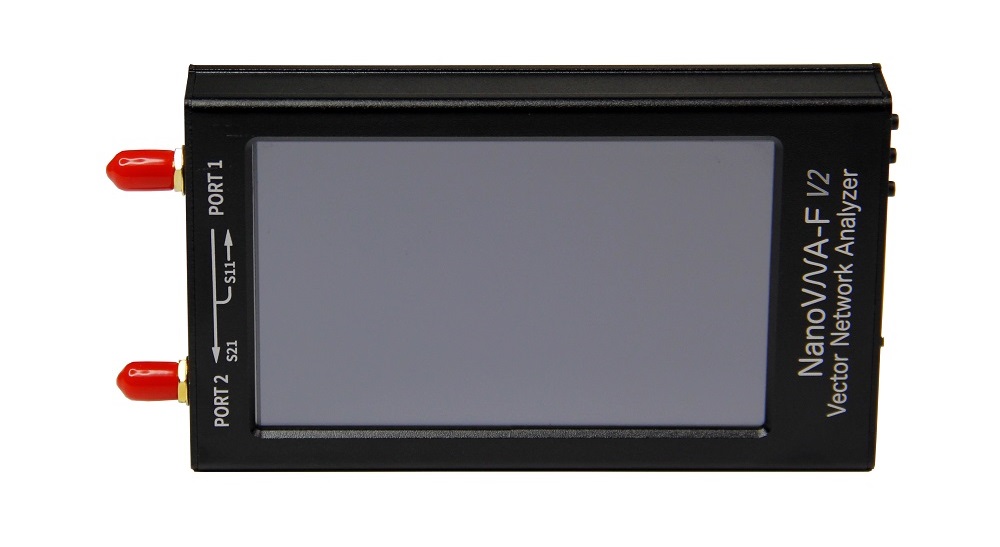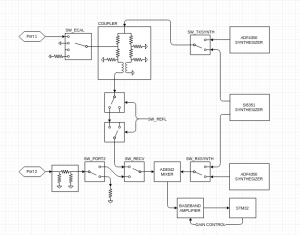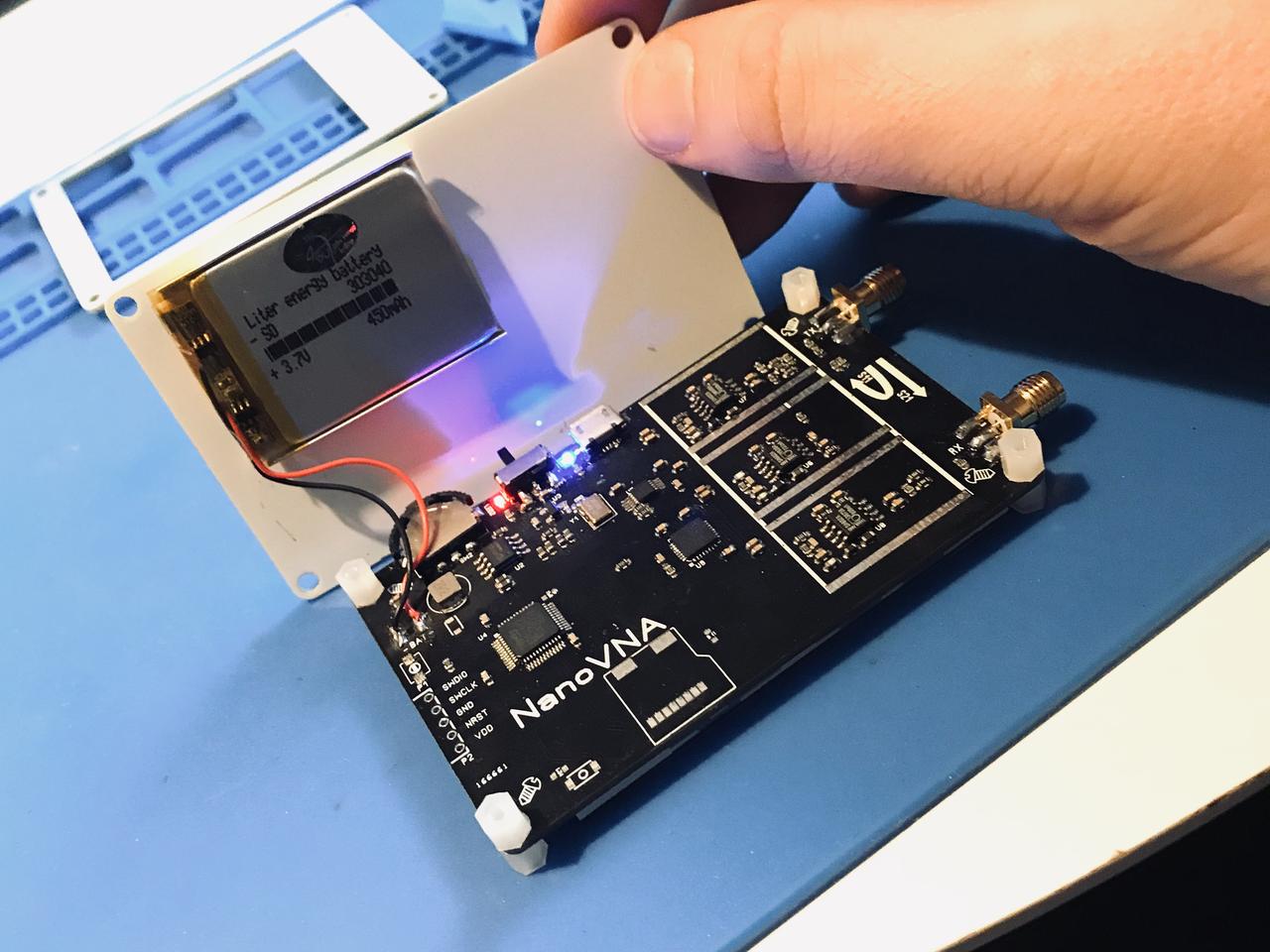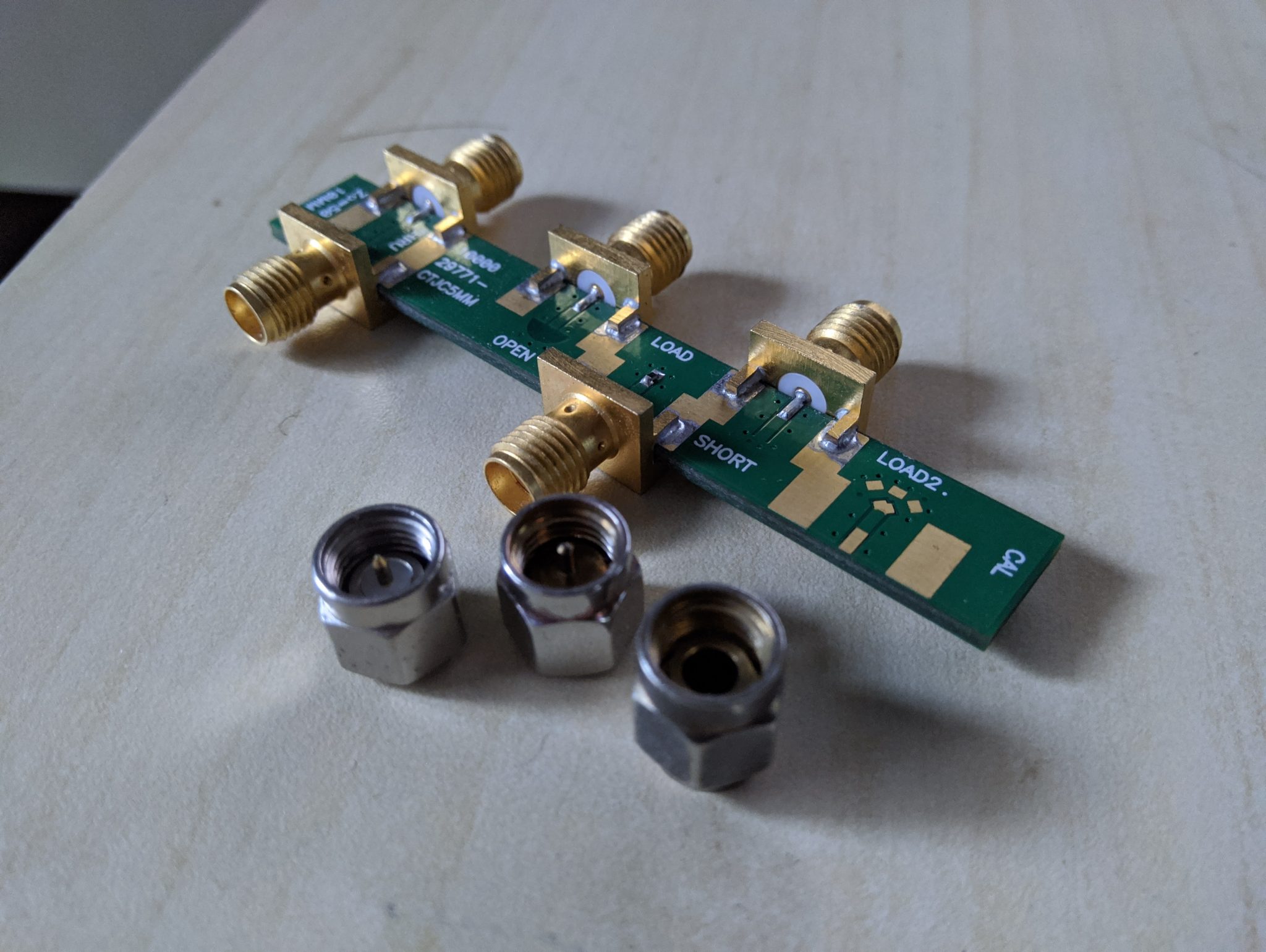
The following new features are added: Firmware v1.0.2 update instructions: You could check whether an antenna working frequency is as advertised (or designed, if you’re building one).Hello everyone, we have just released NanoVNA-F firmware 1.0.2 Well, it’s an extremely useful tool to validate and troubleshoot antennas and transmission lines. if one value is high and another is low, that is a good or bad thing? Even if the device wasn’t that expensive, I bought it hoping I could check the quality of the antennas…

That’s why return loss alone will not tell much about the real performance of an antenna.ĭo you think there is anything the VNA can tell me rather quickly about the quality of my antennas, e.g.

If I’m not mistaken, at 433 MHz, a 1,7 m collinear antenna will “gain” 9 dB over a standard dipole, an increase in power close to 8 times! And that will happen with a manageable antenna length, as opposed to doing the same at 4,3 MHz. Why so? Because more elements, if “fed” correctly, will add “gain” to the antenna, by radiating more in the desired direction (usually more towards the horizon than the sky). Both antennas could be made to exhibit a high return loss and of course will have the same gain (same configuration, same radiation pattern), but one might be tempted to make the 433 MHz antenna much longer by “stacking” so-called “collinear elements”. a vertical dipole) for 4,3 MHz would be 34,9 metres long, while only 34,6 centimetres at 433 MHz.

This means that it’s easier, from a mechanical point of view, making a high-gain antenna at 433 MHz than, say, at 4,3 MHz because the latter would be 100 times smaller while having the same gain.

The higher the frequency, the smaller the antenna, due to the decreasing wavelength. Yes, I apologize I didn’t explain myself. Hm, not sure I get that… if my antennas are supposed to be designed to work at 433MHz, that would be above VHF.


 0 kommentar(er)
0 kommentar(er)
